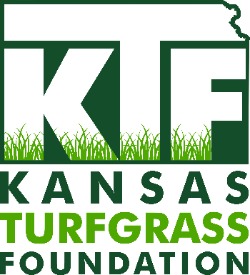Prostrate Spurge (Euphorbia supina)

Prostrate spurge is a warm season annual that reproduces by seeds. Germination occurs when soil temperatures warm to 60 to 65°F and can continue as soil temperatures climb to more than 90°F. Prostrate spurge develops a central taproot from which prostrate stems that form a flat, extensively branched mat up to 2 feet in diameter. The stems exude milky sap when broken and may root where they come into contact with soil. The pale-green leaves of prostrate spurge are opposite, small, oval, and up to 3/5 inch long. They are sometimes purple-spotted and/or hairy. The petioles are short. Prostrate spurge flowers are very small and inconspicuous. They are cup-shaped and develop in terminal clusters or leaf axils. They occur June to October.
Occurrence
This weed is found in poor, drought-stressed, open turf. It germinates and grows well during hot, dry weather on thin soils and is often found on closely mowed sites.
Non-Chemical Control
To control prostrate spurge without chemicals, maintain turf density and health through proper culture; water deeply, fertilize in autumn, and avoid close mowing. Mechanically remove or hand pull.
Chemical Control
Apply preemergence herbicides before germination in spring; apply postemergence herbicides in late spring through mid summer when plants are young and actively growing.



